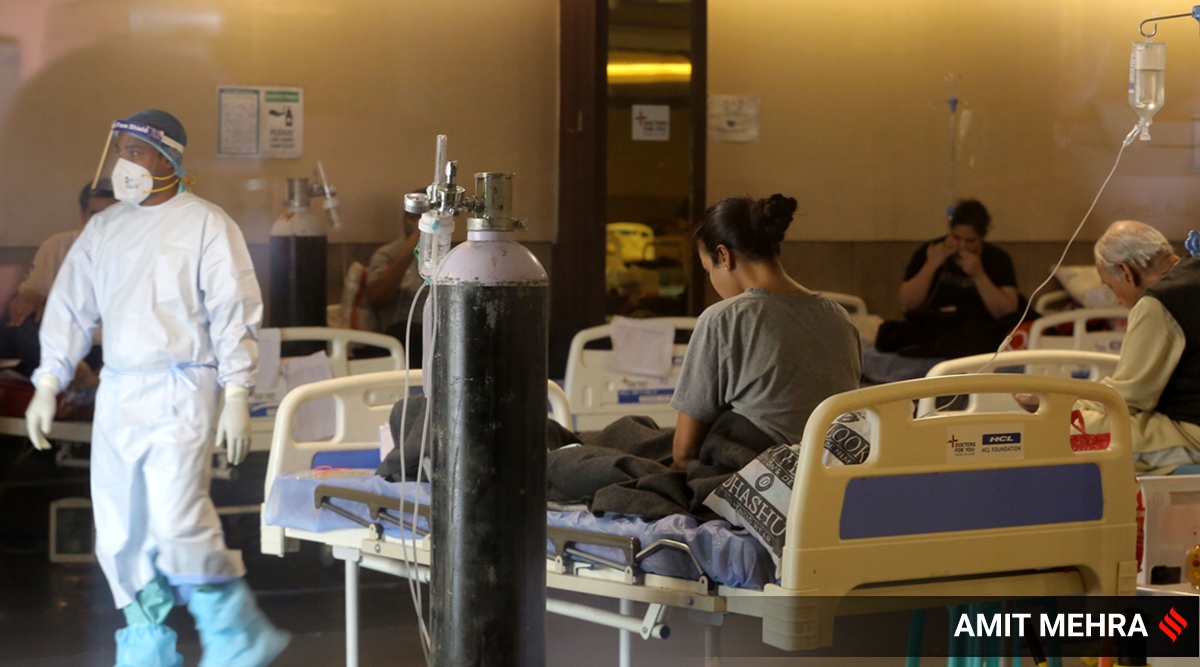The guidelines call for identification of high-risk patients in the Covid ward as well as points to signs for which patients and their caretakers must keep a look out for early detection of mucormycosis.
AIIMS’s R P Centre for Opthalmic Studies Wednesday night released guidelines for early detection and prevention of mucormycosis in AIIMS’s Covid Ward. The guidelines call for identification of high-risk patients in the Covid ward as well as points to signs for which patients and their caretakers must keep a look out for early detection.
Who are the groups of patients who have been recognised as “high-risk” and must be identified in the Covid ward?
According to doctors, cases of mucormycosis, also known as black fungus, are being seen among Covid patients who were administered steroids to treat symptoms, and particularly among those who are suffering from diabetes and cancer. Medical experts have pointed to strong links between diabetes and the infection.
The “high risk” Covid patients physicians have been asked to identify are:
* Patients with uncontrolled diabetes, diabetic ketoacidosis, and diabetics on steroids or tocilizumab
* Patients on immunosuppressants or anticancer treatment, and patients with chronic debilitating illness
* Patients on high dose steroids and or long duration of steroids or tocilizumab
* Severe Covid cases
* Patients on oxygen support—nasal prongs, by mask, or on ventilator
Ophthalmologists have been asked to conduct a baseline examination of these high-risk patients, followed by weekly examinations till the time of discharge. The guidelines also stress on follow-up examination, depending on the patient’s condition either every two weeks for six weeks, or once every month for three months.
What do patients and their caretakers need to look out for?
The danger signs they should be aware of are:
* Abnormal black discharge or crust, or bleeding from the nose
* Nasal blockage
* Headache or eye pain
* Swelling around the eyes, double vision, redness of eye, loss of vision, difficulty in closing eye, inability to open the eye, prominence of eye
* Facial numbness or tingling sensation, difficulty in chewing or opening the mouth
They have also been advised to conduct regular self-examinations. These include a full face examination in day light for facial swelling—especially of the nose, cheeks, around the eyes—or black discoloration, hardening, and pain on touch; as well as oral and nasal examinations using a torch to check for blackening and swelling inside the mouth or nose.
If a patient identifies any of these signs, what must they do?
They must immediate consult an ENT doctor or ophthalmologist for their treatment, and not self-medicate with steroids, antibiotics or antifungal drugs.
Source: Read Full Article


